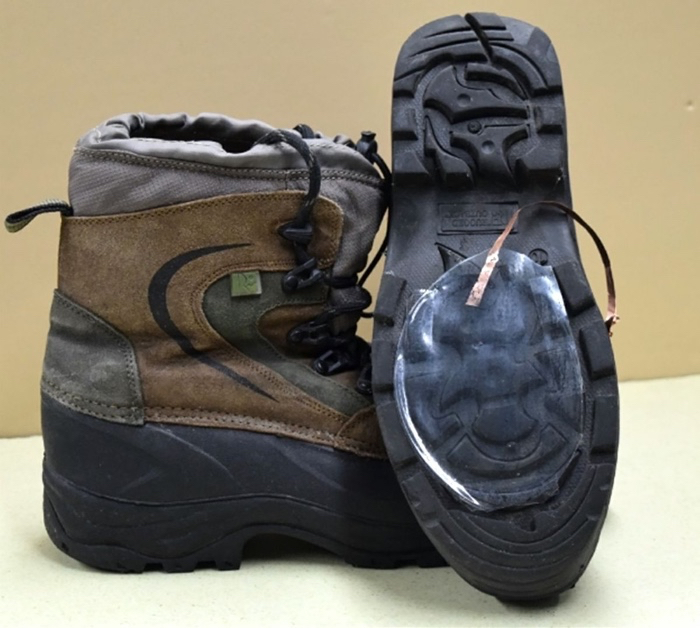Scientists have developed a first-of-its-kind device that generates electricity from nothing other than the natural phenomenon of snowfall.
Based upon the principles of the triboelectric effect, in which electrical charge is generated after two materials come into contact with one another, the researchers' new technology exploits the fact that snow particles carry a positive electrical charge.
Because of that, snowflakes give up electrons, provided they get a chance to interact with the right, negatively charged substance.
"Snow is already charged, so we thought, why not bring another material with the opposite charge and extract the charge to create electricity?" explains chemist Maher El-Kady from UCLA, and also CTO of a research company called Nanotech Energy.
While nobody's ever leveraged snow quite like this before, other researchers have done similar things with other substances.
The team's device is a snow-based triboelectric nanogenerator – a material that relies upon the triboelectric effect and electrostatic induction to harvest energy.
In recent years, scientists have built other kinds of triboelectric nanogenerators (TENGs) that harvest electricity from raindrops, physical movement, car tyre friction, and even walking on floorboards.
In all of these approaches – including the new snow TENG – the principle is the same, even if the methods differ slightly, depending on the types of motion and materials at play.
"Static electricity occurs from the interaction of one material that captures electrons and another that gives up electrons," says UCLA chemist and materials scientist Richard Kaner.
"You separate the charges and create electricity out of essentially nothing."
With the snow TENG, after designing the device and using 3D printing to fabricate the electrode, they measured its electrical output with a number of different triboelectric materials acting as the functional layer – not all of which turned out to be equal.
"While snow likes to give up electrons, the performance of the device depends on the efficiency of the other material at extracting these electrons," says El-Kady.
"After testing a large number of materials including aluminium foils and Teflon, we found that silicone produces more charge than any other material."
 The snow TENG installed under a hiking boot. (Abdelsalam Ahmed)
The snow TENG installed under a hiking boot. (Abdelsalam Ahmed)
With silicon in place as the device's triboelectric layer, electrical charge can be generated by a number of different contact mechanisms, including the snow falling directly onto the silicon layer, or sliding against it.
In other setups, the team tested the silicon layer coming into contact with snow while attached to a bicycle wheel, and also underneath the sole of a hiking boot.
While the amounts of electricity created in the testing experiments weren't huge, the researchers say it would be easy to build the snow TENG into solar panels in the future – helping them generate electricity during snowy weather, when their solar efficiency is otherwise diminished or negated.
Given some 46 million square kilometres (about 17.8 million square miles) of Earth's surface receive snowfall each year, there's a huge opportunity to scale up the technology, which could also one day be used to do things like power wearable technology, or be incorporated into biomechanical tracking sensors.
Perhaps more likely in the near future, the researchers say the snow TENG could find a home in self-powering remote weather stations installed in snow-prone regions, where it could measure snowfall rate and snow depth, in addition to other meteorological functions, like reading wind direction and speed.
The findings are reported in Nano Energy.
